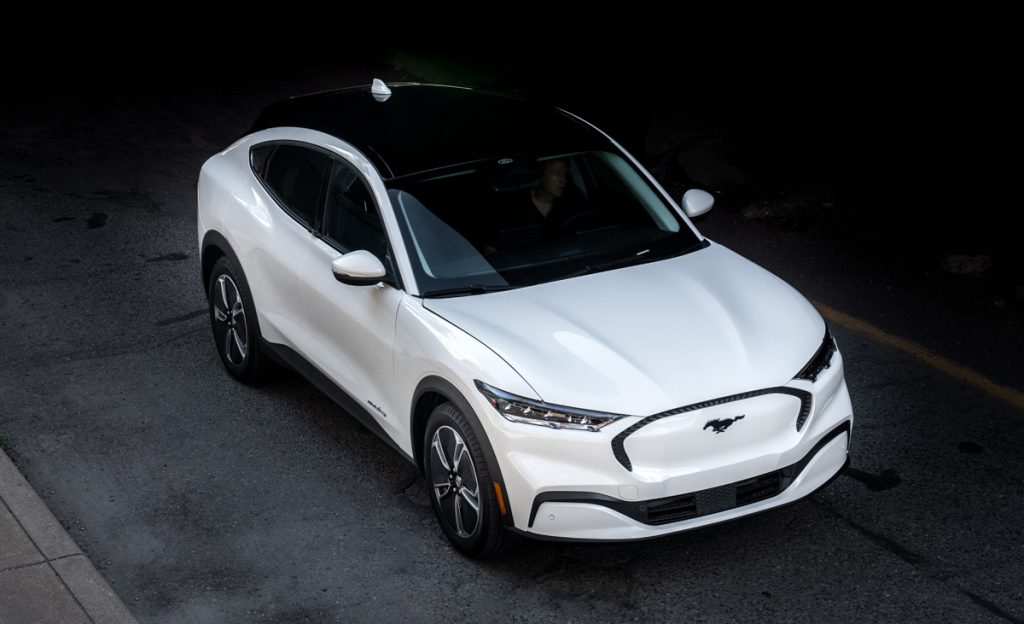DEARBORN — Ford Motor Company intends to achieve carbon neutrality globally by 2050, while setting interim targets to more urgently address climate change challenges.
The company announced that ambition today as it issued its 21st annual Sustainability Report. Ford is the only full line U.S. automaker committed to doing its part to reduce CO2 emissions in line with the Paris Climate Agreement and working with California for stronger vehicle greenhouse gas standards.
Carbon neutrality refers to achieving zero carbon emissions by balancing such emissions with carbon removal. To achieve its goal, Ford will focus initially on three areas that account for approximately 95 percent of its CO2 emissions – vehicle use, its supply base and the company’s facilities.

Ford said it is setting the 2050 goal fully aware of challenges, including customer acceptance, government regulations, economic conditions and the availability of renewable, carbon-neutral electricity and renewable fuels.
“We can develop and make great vehicles, sustain and grow a strong business and protect our planet at the same time – in fact, those ideals complement each other,” said Bob Holycross, vice president, chief sustainability, environment and safety officer. “We don’t have all the answers yet but are determined to work with all of our global and local partners and stakeholders to get there.”
Ford also is working to develop goals approved and defined by the Science Based Targets initiative for its Scope 1, Scope 2 and Scope 3 emissions. Scope 1 covers direct emissions from company-owned or -controlled sources, while Scope 2 addresses indirect emissions from generation of purchased electricity, steam, heating and cooling consumed by Ford. Scope 3 emissions speak to in-use emissions from vehicles that Ford sells and emissions from its supply base, among others.
The 2050 commitment represents Ford continuing to ratchet up more environmentally friendly performance for its products and operations. In 2019, the company expanded its climate strategy to find more effective ways to integrate the wants and needs of people and its business, along with the possibilities of technology, by applying human-centered, design-thinking. A cross-functional Ford team from around the world – including the U.S., Europe and China – developed the company’s carbon-neutral approach after analyzing information on the environment, customers, technology, legislation, energy, competitive approaches, life-cycle assessments and other trends.
Meeting the challenge of climate change is a key responsibility and a strategic priority for Ford. This includes helping limit the global temperature increase in keeping with the Paris Agreement.
Mindy Lubber, CEO and president of the sustainability nonprofit organization Ceres, hailed Ford’s long-term goal and encouraged other companies to follow suit.
“We congratulate Ford on its commitment to be carbon neutral by 2050,” she said. “Ford recognizes the urgency to address climate change, and we urge every company to take action and commit to science-based targets within their global enterprises.”
Ford is investing more than $11.5 billion in electric vehicles through 2022, introducing zero-emission versions of some of its most popular nameplates are on the way, including the Mustang Mach-E, which starts arriving in dealerships this year, as well as a Transit Commercial EV and fully electric F-150 coming within 24 months.
The company previously announced its plan to use 100-percent locally sourced renewable energy for all its manufacturing plants globally by 2035. That means energy would come only from sources that naturally replenish – such as hydropower, geothermal, wind or solar.




